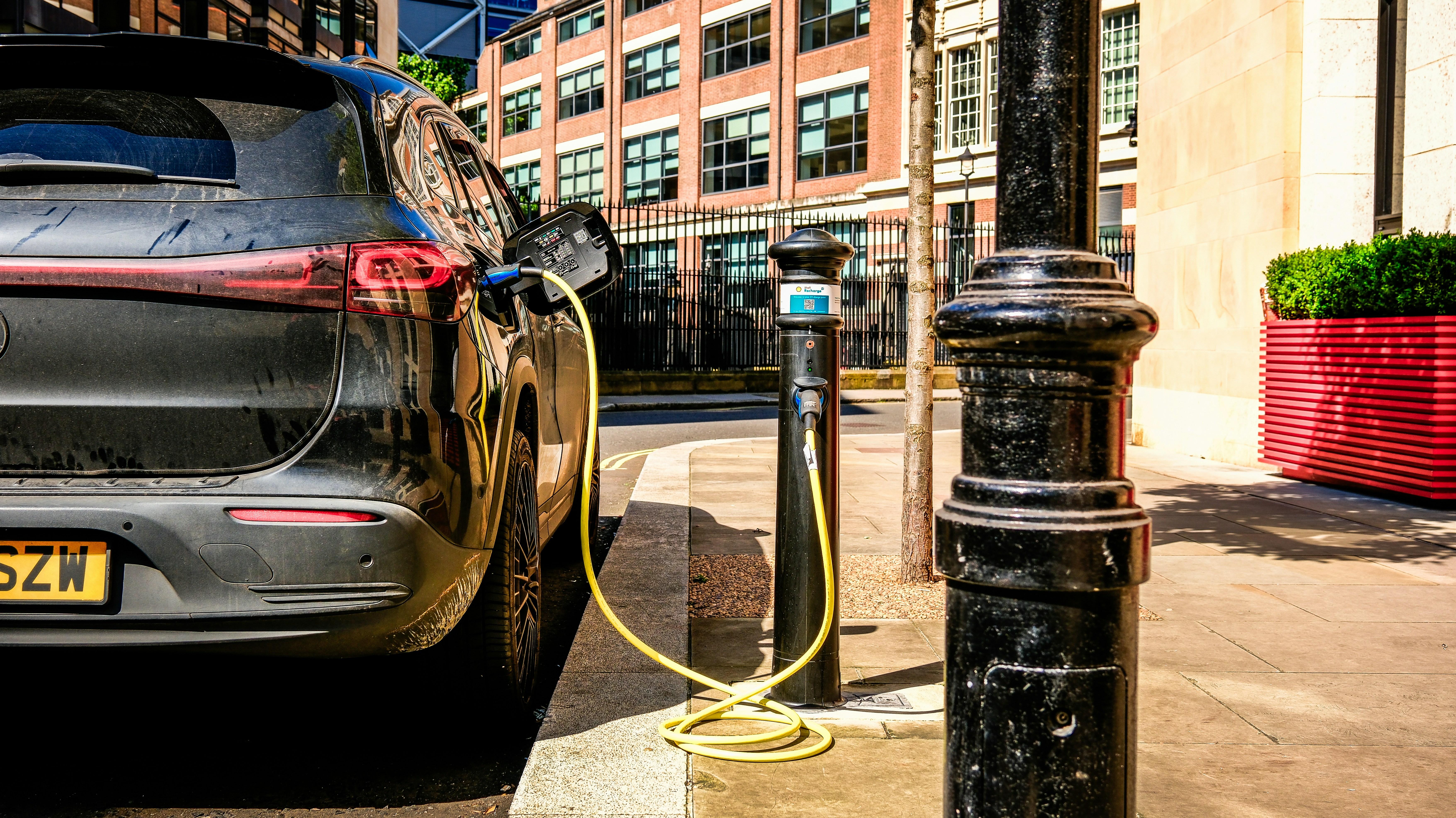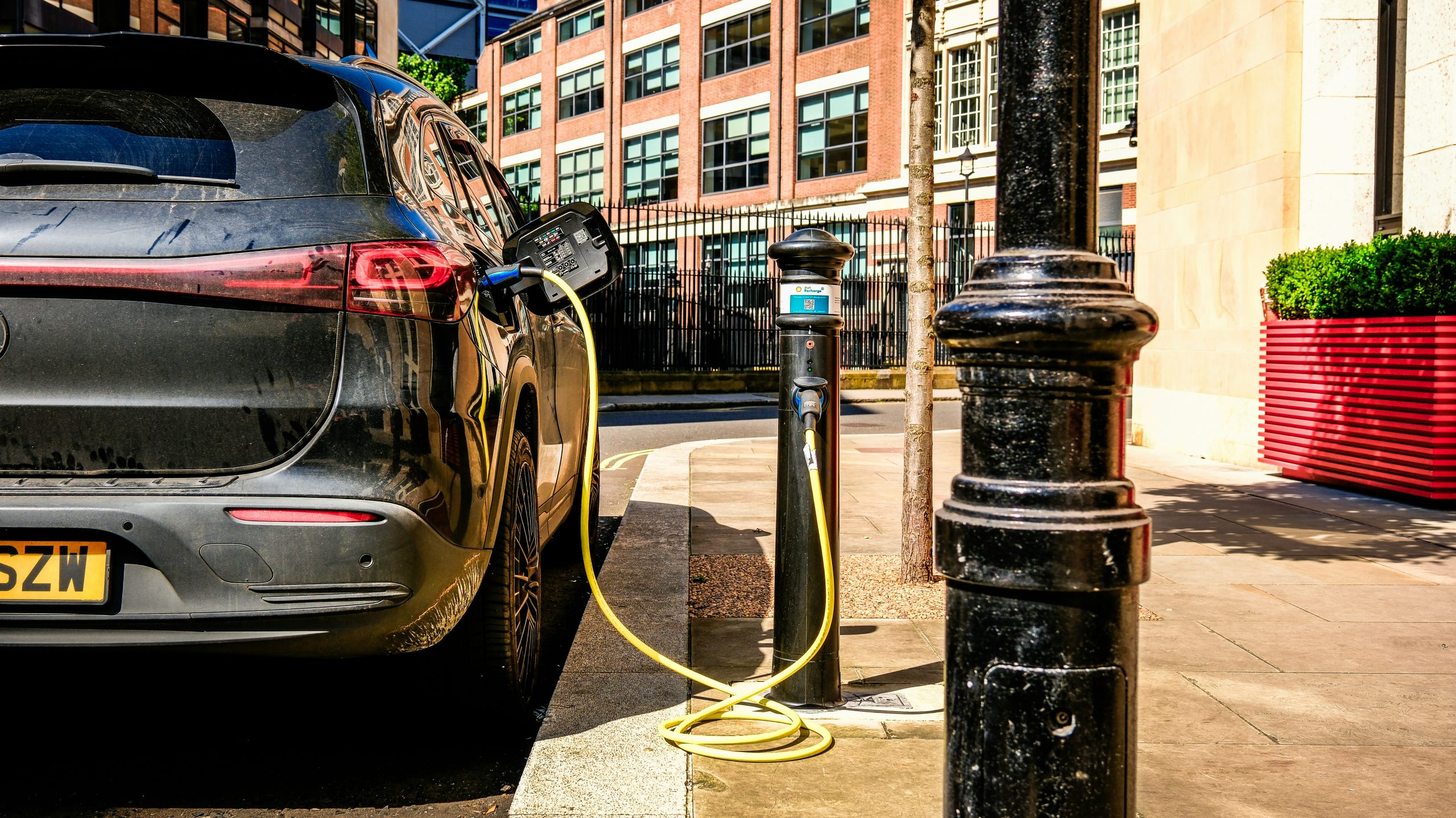How do automotive batteries differ in performance and longevity?
Introduction to Automotive Batteries
Automotive batteries are the unsung heroes of our vehicles. They provide the necessary power to start your engine and automotive battery keep everything running smoothly, from headlights to infotainment systems. Yet, many car owners don’t fully understand what goes into these essential components or how they can impact vehicle performance.
Whether you’re a seasoned gearhead or simply someone who relies on their car for daily commutes, knowing about automotive batteries is crucial. Understanding their differences can save you time and money while enhancing your driving experience. Let’s dive deeper into how automotive batteries differ in performance and longevity so you can make informed decisions for your vehicle’s needs.
Factors Affecting Battery Performance and Longevity
Several factors influence the performance and longevity of automotive batteries. Temperature plays a crucial role. Extreme heat can accelerate battery fluid evaporation, while extreme cold can hinder its ability to start an engine efficiently.
Charging habits are also significant. Frequently undercharging or overcharging can reduce battery life dramatically. It’s essential to maintain optimal charge levels for peak performance.
Vibration from the vehicle’s operation impacts internal components too. Excessive shaking can lead to physical damage over time, affecting reliability.
Another key factor is maintenance practices. Regular checks on terminals and keeping them clean help prevent corrosion, which could impair functionality.
The quality of materials used in construction affects durability and efficiency. Investing in high-quality batteries often pays off with better performance and extended lifespan.
Traditional Lead-Acid Batteries vs. Lithium-Ion Batteries
Traditional lead-acid batteries have been the standard for decades. They’re reliable and cost-effective, making them a popular choice for many vehicles. These batteries excel in providing high surge currents, ideal for starting engines.
On the flip side, lithium-ion batteries are gaining traction in modern automotive applications. They offer several advantages over their lead-acid counterparts. For one, they’re lighter and more compact. This can contribute to improved vehicle efficiency.
Lithium-ion technology also boasts longer lifespans compared to lead-acid batteries. With proper care, they can last significantly longer before needing replacement.
However, the initial investment is higher with lithium-ion options. Their advanced features may justify the price for some drivers looking for performance enhancements.
Each type has its place depending on specific needs and driving habits. Understanding these distinctions helps consumers make informed choices when selecting an automotive battery.
Comparing Performance: Cold Cranking Amps and Reserve Capacity
Cold Cranking Amps (CCA) measure a battery’s ability to start an engine in cold temperatures. It indicates how much current the battery can deliver for 30 seconds at zero degrees Fahrenheit without dropping below a certain voltage. A higher CCA means better starting power, especially crucial during winter months.
Reserve capacity, on the other hand, reflects how long your automotive battery can run essential systems when the alternator fails. It’s measured in minutes and indicates endurance rather than pure power output.
Both metrics are vital for understanding your automotive battery’s capabilities. Drivers often prioritize CCA for initial starts but should also consider reserve capacity for prolonged performance in emergencies or if electrical issues arise. Balancing these factors ensures you choose a reliable battery that meets your driving needs effectively.
Maintenance and Care Tips for Longer Lasting Batteries
To extend the lifespan of your automotive battery, regular maintenance is key. Start by keeping the terminals clean and free from corrosion. A mixture of baking soda and water works wonders for removing buildup.
Check the fluid levels if you have a traditional lead-acid battery. Maintaining proper electrolyte levels helps prevent sulfation, which can shorten battery life.
Temperature plays a crucial role too. Avoid exposing your vehicle solid state ev battery companies to extreme heat or cold whenever possible. Parking in shaded areas or using a garage can make a significant difference.
Additionally, take time to drive your vehicle regularly. Short trips might not fully recharge the battery, leading to premature wear over time.
Consider investing in a quality battery maintainer or trickle charger if you frequently leave your car unused for long periods. This small investment pays off with improved performance and longevity down the line.
Recycling and Environmentally Friendly Options

Recycling automotive batteries is crucial for reducing environmental impact. Lead-acid batteries, the most common type, contain hazardous materials like lead and sulfuric acid. Proper recycling ensures these substances don’t contaminate soil or water.
Many retailers and garages offer battery take-back programs. Participating in these initiatives helps minimize waste and promotes responsible disposal practices.
Lithium-ion batteries are gaining popularity as well. While they present unique challenges due to their chemical composition, advancements in recycling technology are making it easier to recover valuable metals like lithium, cobalt, and nickel.
Opting for green battery alternatives can make a difference too. Brands now provide eco-friendly options designed with sustainable materials that lessen the carbon footprint from production to disposal.
Educating yourself about battery types can lead you toward more environmentally conscious choices when purchasing an automotive battery. Taking small steps towards sustainability starts with informed decisions at the consumer level.
Conclusion
When it comes to automotive batteries, understanding their differences in performance and longevity is crucial for every vehicle owner. Selecting the right type of battery can significantly impact your car’s reliability and efficiency.
Lead-acid batteries have been the traditional choice, known for their cost-effectiveness but limited lifespan. On the other hand, lithium-ion batteries offer impressive advantages like longer life cycles and faster recharging times.
The performance metrics such as cold cranking amps (CCA) and reserve capacity are vital when comparing different options. Higher CCA ratings mean better starting power in colder temperatures, while reserve capacity helps ensure that your electrical systems stay powered even if the alternator fails.
Proper maintenance can extend your battery’s life considerably. Regular checks on terminals and ensuring a clean environment around the battery will pay off over time.
As environmental concerns grow, exploring recycling programs or eco-friendly battery options becomes increasingly essential. Many manufacturers now offer greener alternatives designed to minimize environmental impact.
Making an informed decision about which automotive battery suits your needs best will enhance vehicle reliability while allowing you to contribute positively towards sustainability efforts.



